This month we release our new feature magazine on the Boeing 707 and 720 (available for Premium Members; sign up here).
The Boeing 707 is a classic of the airline world and spawned a new era in jet air travel and long haul airline service.
Pioneered by Boeing thanks to the development of a military tanker and transport aircraft, it was subsequently pursued as a civilian airliner by Pan American in the 1950s.
Passengers were treated to fast flights where only cumbersome, slow airliners could fly before. They were now part of the “jet set” and the glamour of global travel, and the 707 helped make it a reality for many more people than the previous generation of airliners did.
It also capitalised on the misfortunes of the world’s first jet airliner, the de Havilland Comet, which had experienced a series of fatal crashes owing to a design flaw in the shape of the cabin windows.
Over the next 50 or more years the Boeing 707 and 720 saw service all over the world, before largely bowing out as more modern types took over.
Today only a few Boeing 707s remain in commercial and government use, with upgraded tankers and military variants still going strong in the USA and Europe in particular.
Here are 5 famous events in the Boeing 707’s life:
Boeing 707 Barrel Roll
As the Boeing 707 was being showcased to the world and, more importantly, potential customers, test pilot Tex Johnson was demonstrating the prototype over the skies of Lake Washington and Seattle.
Below, thousands of people had gathered to watch the Seafair Cup of hydroplane racing on the Lake, and were being treated to the fly-by.
In what was reportedly and unplanned (and unwise) manoeuvre, Johnson undertook a barrel roll with the aircraft, travelling at almost 500mph!
A photograph taken onboard show the engines pointing the sky, and the Seattle skyline below.
To make sure everybody saw his trick, Johnson repeated the roll on his return flypast, later stating “I knew that no one would believe what they had seen, so I turned around and I came back and repeated the same thing on a westerly heading.”
Boeing executives were reportedly horrified watching the manoeuvre, but the enduring legacy of it has lasted ever since and has become synonymous with the 707; it naturally also proved how sturdy and capable this new airliner was.
First 707 Passenger Flight
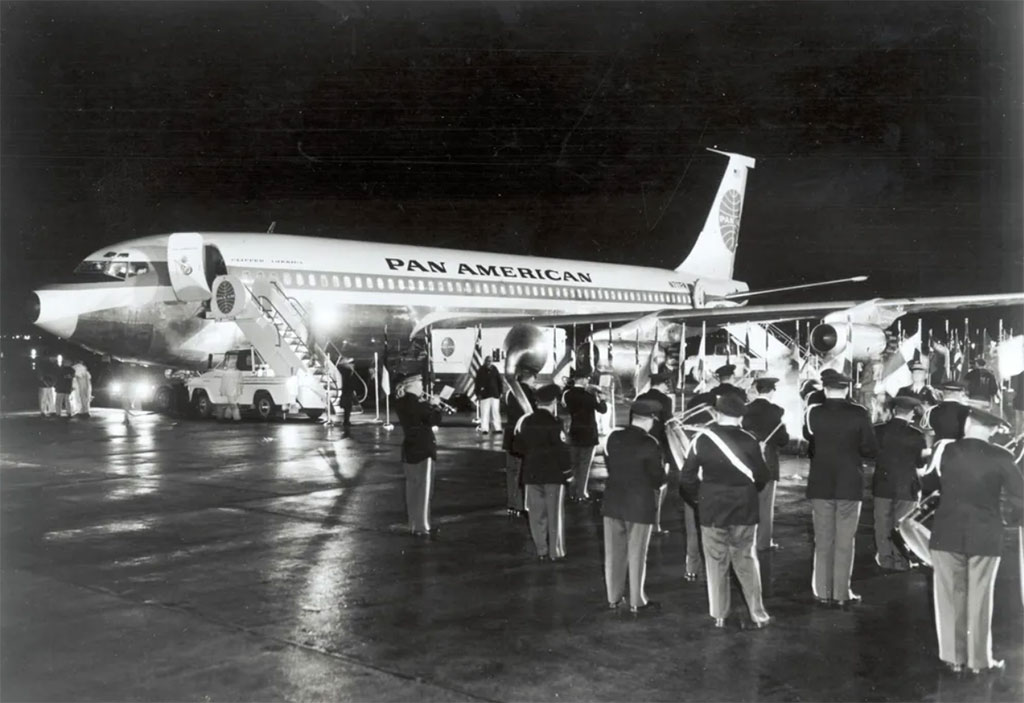
On October 17, 1958, Pan American made history by conducting the first commercial flight of the Boeing 707. The flight, carrying Pan Am employees and journalists, took off from New York’s Idlewild Airport (now John F. Kennedy International Airport) and headed to Paris’s Le Bourget Airport.
The Boeing 707, N711PA, named the “Clipper America,” was a revelation in terms of passenger experience. It boasted a spacious and comfortable cabin, with plentiful windows and reduced engine noise compared to piston-engine aircraft. The 707’s speed allowed it to cut transatlantic travel time nearly in half, making international air travel more accessible and convenient, and on a par with that of the Comet.
With the introduction of the Boeing 707, Pan Am could expand its international network further and faster than ever before.
Introduction of the Boeing 720
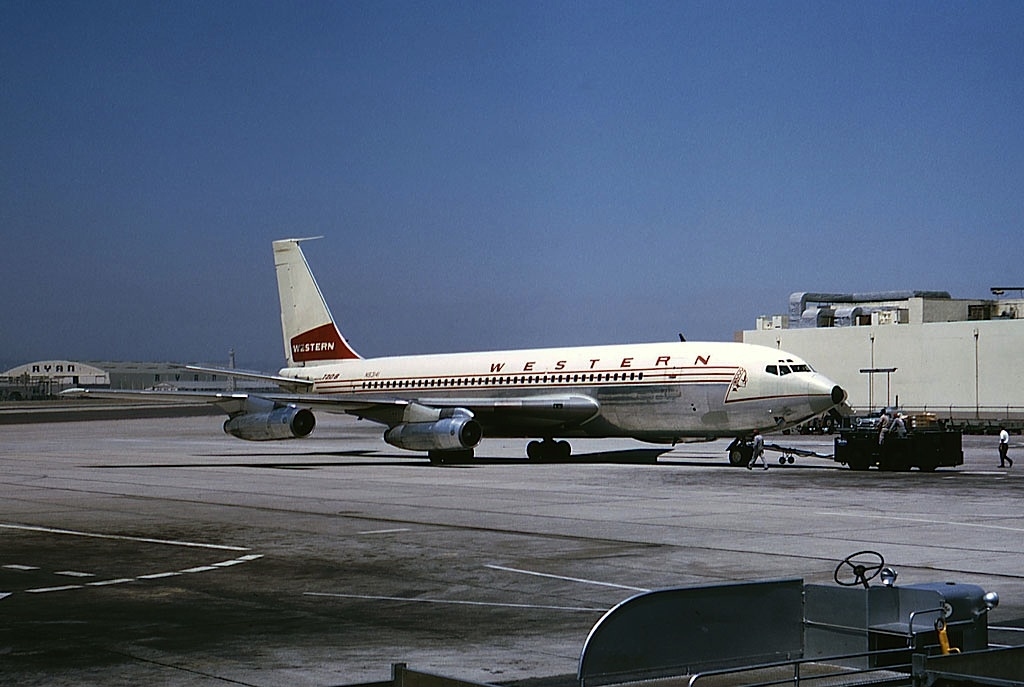
The Boeing 720, sometimes referred to as the 707-020, was born from a need for versatility. While the Boeing 707 was a groundbreaking success, its range and performance characteristics did not fully align with the requirements of all airlines. Some carriers sought a more adaptable and cost-effective option, leading Boeing to develop the 720 in the early 1960s.
The Boeing 720 retained the 707’s basic design but featured several key modifications, the most notable being its shorter fuselage. This design change allowed for reduced weight and increased fuel efficiency, making the 720 an appealing choice for airlines looking to optimize their operations. The 720 also featured upgraded engines, which further improved its performance and fuel efficiency.
The Boeing 720 found a home with many airlines that recognized the benefits of its tailored design.
The legacy of the Boeing 720 is that of adaptability and efficiency. It showcased Boeing’s ability to cater to specific airline needs, ushering in an era where aircraft manufacturers tailored designs to meet individual carrier requirements.
Boeing 720 Deliberate Crash
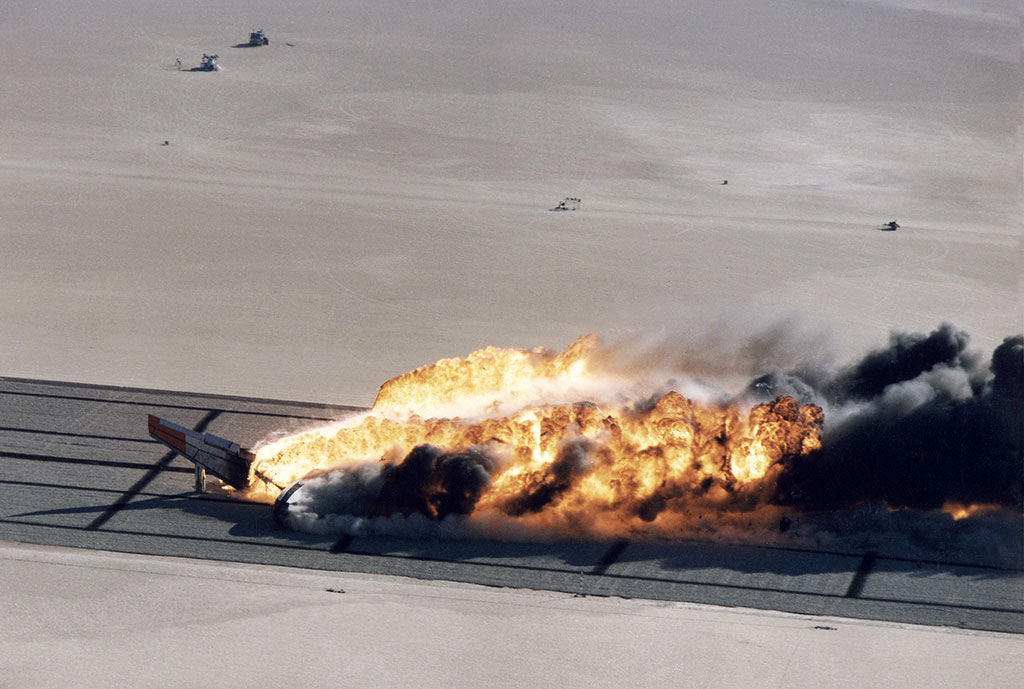
On December 1, 1984, a groundbreaking experiment took place that would significantly contribute to our understanding of aviation safety, and the Boeing 720 was the star test vehicle.
In a joint effort, NASA (National Aeronautics and Space Administration) and the FAA (Federal Aviation Administration) deliberately crashed a Boeing 720 airliner, aiming to investigate passenger survivability and gather crucial data on how aircraft behave in crash scenarios.
Researchers sought to understand the dynamics of an aircraft crash, including the impact forces and structural integrity of the aircraft and its interior components, with the ultimate goal of enhancing aviation safety standards. The data collected would be instrumental in designing and implementing improvements to aircraft structures and safety features.
The aircraft used was N113 (18066/208).
Saha Air’s Final Passenger 707 Service
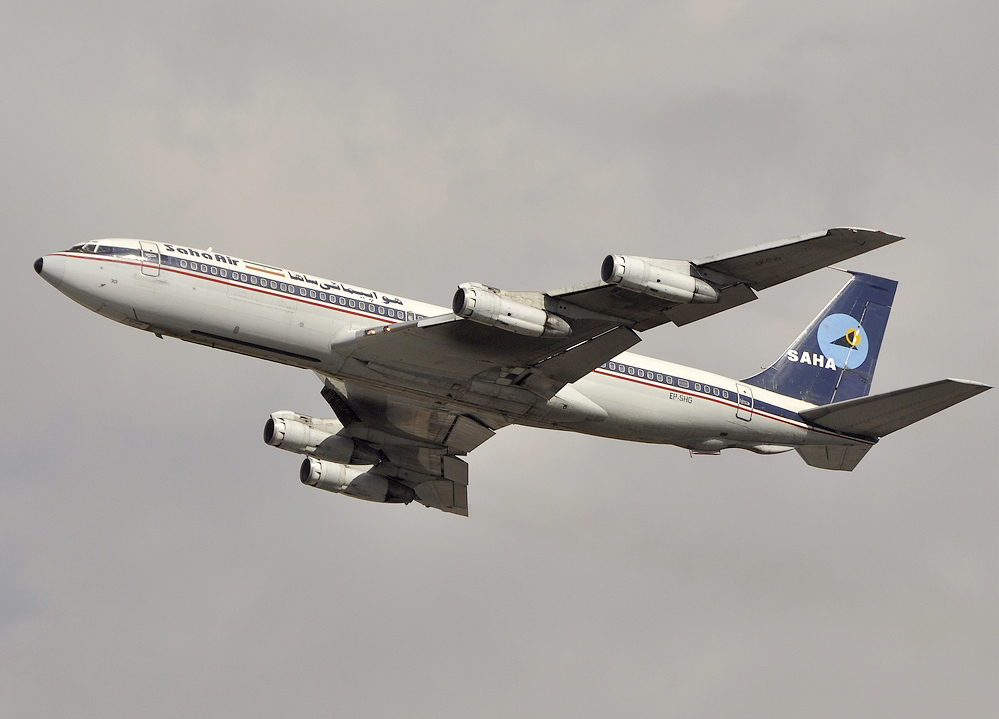
By Danial Haghgoo [GFDL 1.2 (http://www.gnu.org/licenses/old-licenses/fdl-1.2.html) or GFDL 1.2 (http://www.gnu.org/licenses/old-licenses/fdl-1.2.html)], via Wikimedia Commons
Based at Tehran’s Mehrabad Airport, Saha Air held on to these ancient aircraft. In total, some 14 Boeing 707s were operated by the airline, however many of these were cargo or aerial tankers and not flying passengers.
With each passing year, the Boeing 707 fleet of Saha Airlines became increasingly rare. Aviation enthusiasts knew that time was running out to experience these iconic planes in action. While no set date for retirement was announced, the anticipation of the last flights created a sense of urgency among those who wished to partake in this unique aviation experience. This was made all the more difficult by the political realities surrounding Iran and obtaining permits to travel there, and dealing with arranging flights.
Saha’s Boeing 707s were finally retired from passenger duties in 2013. However, some are still thought to be active carrying cargo and performing military duties even today. One example crashed in 2019 while on a cargo flight.
Boeing 707 and 720 Magazine Out Now
 Our new digital magazine on the Boeing 707 and 720 is out now for Airport Spotting Premium members and features many interesting articles and guides to the aircraft.
Our new digital magazine on the Boeing 707 and 720 is out now for Airport Spotting Premium members and features many interesting articles and guides to the aircraft.
Content includes:
- Pan Am and the 707
- A Guide to the Boeing 720
- Disaster Strikes – 707 and 720 crashes
- Boeing 707 Military Variants
- Boeing 707 & 720 Operators –
- Saha Air and the last 707s
- Hamburg’s Lost 707
If you’d like a copy of this full colour, illustrated book on the Boeing 707 and 720, you can sign up for Premium Membership today, starting at just £5 per month.
In addition to this, you’ll get a whole library of other books, guides and resources, as well as a monthly magazine with the latest news and articles, and the chance to win prizes and discounts every month!
Sign Up Here


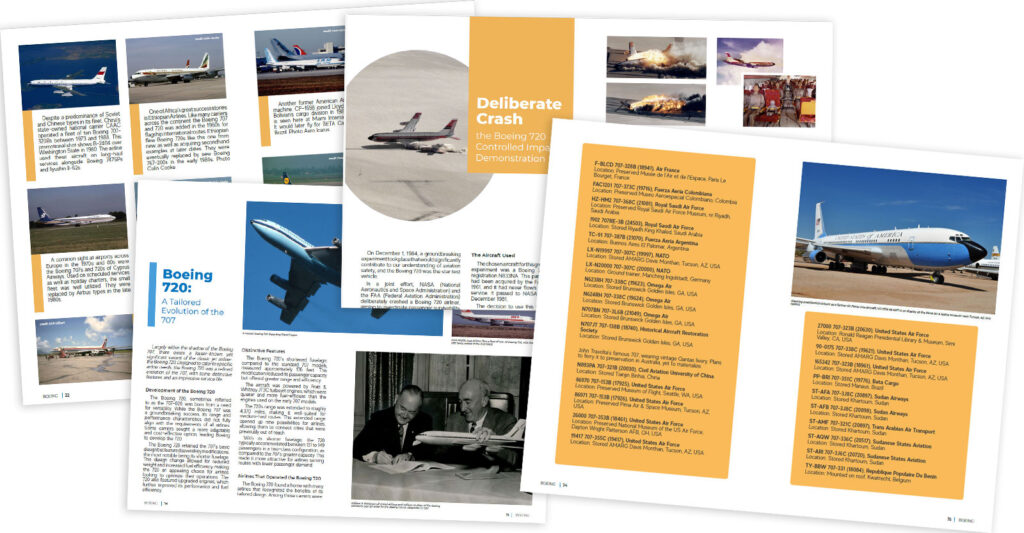



1 comment
Hi Matt, I just love the 707, and was very fortunate in having 25 flights in them between 1968 and 1983. Flew with AER LINGUS, BOAC, PANAM and AIR NIUGINI.
We are fortunate in Perth as we still have USAF C-135 tankers and USN E-3A variants, always the spotters favourites not to mention the airport emgineers.